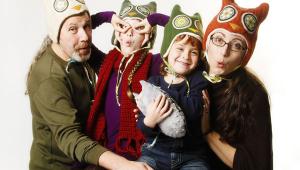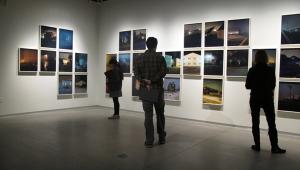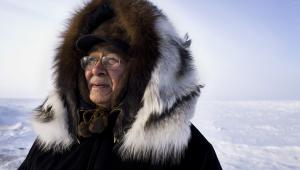Location Photography: When More Than Stock Is Needed
Much appreciation is due to the photographers interviewed for this article: Alan Abramowitz, Emilie Giboin, Barbara Kraft, Don Stevenson and Ryan Stevenson, and Damian Tsutsumida. You will find their Internet links at the end of this article.

Shutterbug: Who are the clients for your “location” photography services and how do you research these clients?
Emilie Giboin: I am an architectural and interiors photographer so my clients include architects, designers, hotels, and even product makers or distributors. I am attracted to anything domestic. Lucky for me, researching is really fun. I look into anything that is pleasing to my eye and go through design magazines and pick up on designers, architects, and advertisements by the big furniture and design companies. Blogs such as Remodelista (www.remodelista.com) are great, too. They feature the top creative clients who I then research further. I also know what kinds of hotels are opening where and when and who is who in that world.
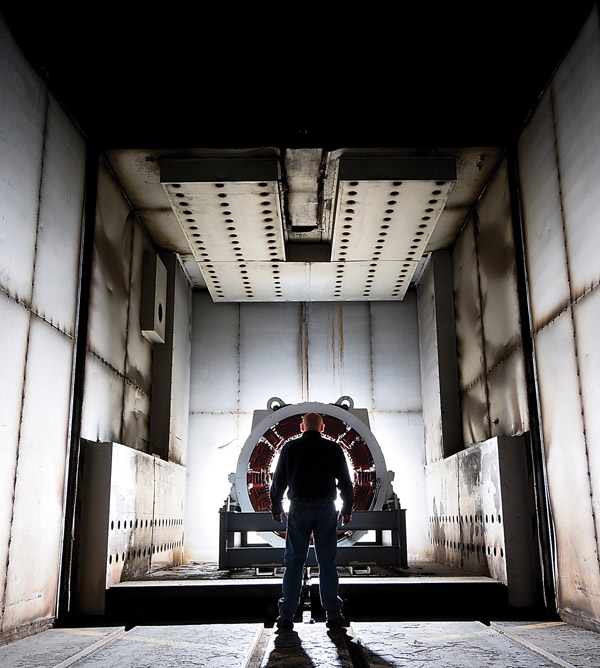
Damian Tsutsumida: I currently shoot for BJ’s Restaurant, VHA Corp, Best Western, Susan G. Komen Foundation, Cystic Fibrosis Foundation, Filter Magazine, and Skinnie Magazine. As soon as I see an opportunity to work with a new client, I get online and do my homework to find out everything I can about their business. I find out who they are, how long they have been in business, what type of photography and video they use, and what type of Internet traffic they generate on their website.
Barbara Kraft: I work mainly for five-star resorts and hotels worldwide. I find out as much as I can about a company for which I want to work: who they are, their philosophy, corporate structure, locations. I then find out who interviews and hires the photographers and send them a personal note and a mini-portfolio.

Don Stevenson: When I began in 1985, I did a great deal of national editorial assignment work and stock photography. By the early ’90s, the traditional stock photo model was changing rapidly—for the worse—and editorial rates weren’t increasing. So I moved into corporate and industrial photography. It was the right move at the right time. From the start, my moniker was Stevenson Photography On Location. Adding “On Location” in the business name is one of the reasons I’ve been so successful and it defines what I do. The business grew each year. Since 2004, we’ve avoided editorial work for two reasons: editorial work went away and rates hadn’t changed in 15 years so it wasn’t worthwhile to us. In 2005, my son Ryan joined the company as a partner. We work incredibly well together and this is another reason for our business success.

Ryan Stevenson: When the economy went south in 2008, I suggested we expand to include business portraits, which I enjoy doing. We chose to market this side of the business separately; have a separate website aimed specifically to this market in the Phoenix metro area and across Arizona. We continued to promote this business as we had with the other photo business: Location Photographers. It has been a huge success, coming at a time when our business had the best year in 2007 and the worst year in 2008. It was another good move at the right time. Since 2009, we’ve been very busy.

Alan Abramowitz: My client base is corporations, graphic design firms, and advertising agencies. I primarily shoot corporate annual reports, corporate collateral, and lifestyle advertising. My research approach is multifaceted and labor-intensive. I use three primary research sources: services that provide hundreds of annual reports (the business library of your local university also keeps on file thousands of annual reports), business newspapers and magazines, and trade journals with annual competitions for graphic design, advertising, and photography. Research includes culling print material and web searching for companies as potential clients.
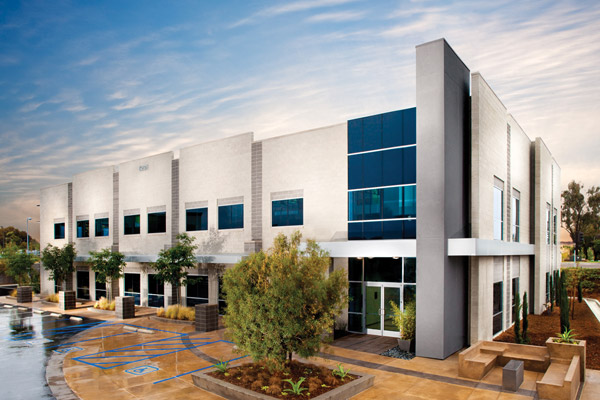
Each year, I receive more than a half-dozen boxes of annual reports each weighing 60 to 79 pounds. Hours are spent in the studio dividing these books into four categories: 1) the extremely uninteresting low-budget “penny market” books; 2) royalty-free generic image low-budget books; 3) assignment and/or rights-managed photography annuals; and 4) “this is an awesome award-winning design” category. The first category ends up in the recycle bin. The second gets an extra look to determine the most interesting books to keep and browse; the third and fourth categories are all kept. Of the several hundred annual reports received more than 70 percent are in the first two categories. The remaining books are reviewed for stylistic trends in photography, names of graphic design firms (usually found in the gutter of the last spread), names of corporate communication executives, and of course the name and address of the company.
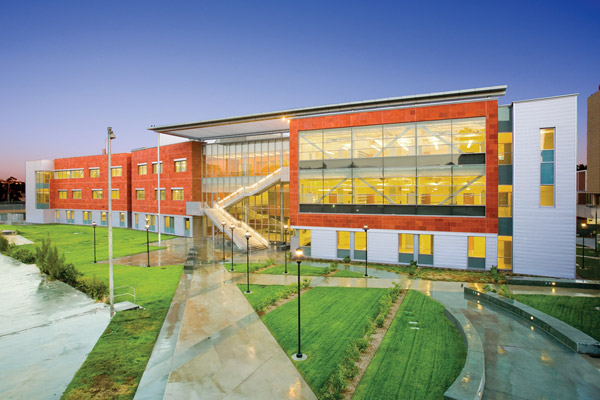
SB: When you are looking at your overall marketing efforts, what have been your most effective self-promotion tools? What has not worked for you?
Emilie Giboin: I’d say my most effective tool is caring not only about the company but the people I am working with. I think that this and also keeping in touch is really important. In my personal life, I am a keep-in-touch person and care what my friends and family are up to and if anyone needs help, I love being the one they turn to.
I like to think that this life philosophy has transcended into my work philosophy—really there should be little difference. Being yourself and being real is very important. What has not worked is exactly the opposite of what I just talked about, losing touch and letting people slip away and forget you exist.

Barbara Kraft: I use beautiful handwritten notes and handmade mini-portfolios. In the beginning I sent out 60 such mini-portfolios and got 12 phone calls that resulted in 10 jobs. I also keep in touch with people.
Don Stevenson: About 12 years ago I came to the conclusion that the Internet was the future for most photographers. This may sound crazy but I completely stopped buying space in the big promotional books, quit adding to my print portfolio, and stopped all other forms of advertising. I have been marketing 100 percent Internet since.

Ryan Stevenson: The Internet has been incredibly successful for our business. We’ve expanded our marketing to three different websites, each aimed at the different aspects of our business. We are having a fourth website built shortly which will be aimed at a totally different clientele, yet remain corporate and industrial based. Having a variety of income streams has been another key to our success.
Damian Tsutsumida: Throughout the years, I’ve tried everything: expensive portfolios, mini-portfolios, mailers, e-blasts, etc., but at the end of the day, my hands down best marketing tool is a handshake. The bottom line is that I’ll do whatever I need to do to get my foot in the door, just enough to personally meet the people I want to work with, and from there I let it all happen.
People want to work with people they like, plain and simple. The clients I have stick with me because over the years we’ve become friends. Building relationships with my clients has always been my strong point. On the flip side, it’s usually pretty easy to tell from the beginning if I don’t gel with the people I am working with and at this point in my life and career, I’m lucky enough to be able to say “no” to people who I don’t share a vision with.

Alan Abramowitz: For me, marketing is a little like the lottery, a constant effort that may or may not work. Throughout my career I have worked on and off with artist reps with mixed success. Before the Internet, I would buy a full spread in a creative sourcebook (Black Book, American Showcase, and AR100). I would never buy a single page; you can’t control which side of the spread you’ll be on (more eyes look at the right side than the left) or the work opposite yours. I never received an adequate return for my investment from sourcebooks but I did receive tear sheets, which I could send out as mailers. I would purchase lists of art directors and designers. It was a very “shotgun” approach.
With the introduction of the web I put up a site and I stopped advertising in sourcebooks. Now I get more than a 500 percent return on my investment. Art directors have already reviewed my work online. When they call they are calling to book me for the assignment. My overall marketing effort has gotten more niche or targeted by reducing the number of mailers from several hundred to maybe just a hundred and switching from the costly 8.5x11 mailer to a 5x7 card. This allowed me to manage more frequent mailings (stuffing several hundred 8.5x11 envelopes and postage versus putting a hundred 5x7 cards in envelopes and postage). Digital photography and high-quality inkjet printers have allowed me to design, print, and send cards on a quarterly or monthly basis. I’ve been told some people actually look forward to my cards.
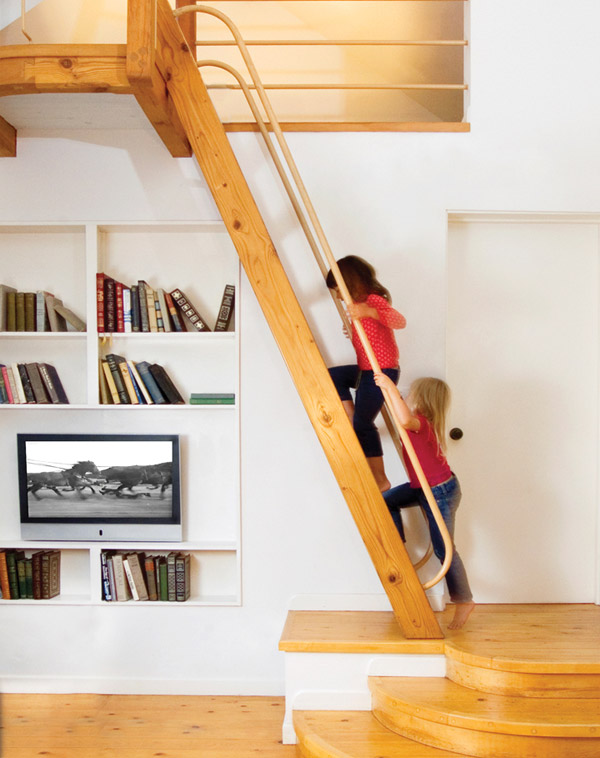
To some customers I will send a picture as an e-mail attachment. However, people are so inundated with e-mail, which many don’t open or are resentful receiving. I avoid sending e-mails except to people I know. Social media plays an ever-increasing role in my marketing strategy, particularly LinkedIn. When you post you must remember your market. Language and subject matter are important.
SB: What portfolio and promo formats are you using right now that work best?
Damian Tsutsumida: I am heavily immersed in social media to promote my business. Once you have established a well-functioning website and blog, you then have the ability to promote yourself through countless channels online. To name a few: LinkedIn, Thumbtack, Google Places, Google AdWords, Yahoo! Local, Bing, Yelp, Wooloo, Etsy, deviantART, PhotoShelter, SmugMug, Flickr, Facebook, Twitter. Most are free, and each serves a unique audience.
Regarding Facebook, I’m one of a dying breed who doesn’t have a Facebook fan page (author’s note: page not a profile). I’m on Facebook all day, but on a personal level. Yes, I know that everyone says it’s a “must-have,” but don’t you get annoyed when your photographer friends are promoting themselves to you? The last thing I’m ever going to do is hire another photographer!

Don Stevenson: Until 2000, my portfolio consisted of mounted prints tailored to the type of client I was seeking or who had contacted me for a portfolio review. In 2000, I became a firm believer in the Internet and what it could do for professional photographers. Since then, we have not shown or sent out a single printed portfolio or CD. It’s all been on our websites. It took our business to a new level. For our business, it has been incredibly effective in terms of securing new clients and holding our marketing costs down.
Ryan Stevenson: Having a website alone is not enough for successful marketing. We also spend time every week maintaining and updating all of the websites in order to remain ranked on the first page of any search engine. Massaging page titles, specific keywords, placement of keywords, new material, and other techniques all are key to our successful ranking for corporate and industrial location photography in Phoenix, across Arizona, and America.

Emilie Giboin: I have a website which I give to anyone who shows interest. I have printed a 9.5x12 portfolio that I use when I meet a potential client in person. I also have small 5x5 mini-portfolios that I send out in a nice little package as promotion. I use these to send to companies that I really want to work for. I either call and ask permission to send my promo or I send it and then call for a follow-up. They all work effectively but I’d say the mini-portfolios are the most effective as they come in a sweet little handcrafted package. Every person involved with the building of my promo are family and people who I am very close with so clients can see the love that went into them!
Alan Abramowitz: I still maintain a dozen portfolios that accommodate 8x10 prints in leather-bound books with my name embossed on the cover. I can add or subtract the quantity of images. There are art buyers, usually corporate communications, that like face-to-face meetings with a portfolio presentation, either by book or a slide show. Both options allow me to customize a presentation to a client’s needs. For cold calls, the web has been the most effective means of reaching out, as people who might decline either a meeting or receiving a physical portfolio will instantly ask for my URL.

SB: How do you rise above the iReporter-type photographer making images like travel and lifestyle photography a “dime a dozen” in this market?
Alan Abramowitz: Flickr, iReporter, and others offer imagery at a price point that can’t be beat—free or a few dollars. A segment of the art buying community will always be drawn to low-budget content. Even high-end shops will, too. That said, iReporter is a niche and as with most niches you can choose to participate or not.
I try to bring high production values, and a good ear that goes along with a good eye. I generally pursue projects that require a unique, experienced approach. This doesn’t always mean big budgeted projects, just those requiring something different. A big part of our job is to find new and unusual ways to see, and to solve a client’s problem. If we can’t do this perhaps we shouldn’t shoot. We must all look inside and find our voice. Copying puts us behind the curve. To rise above the “dime a dozen” we must be ahead of the curve.

Barbara Kraft: I am hired because I am a classically trained, large-format architectural photographer and this is a very technical skill. Then, because I am flying to exotic and hard-to-reach places, and I have a crew, I’m also asked to shoot other kinds of images as well. This includes aerials from helicopters, underwater, food, executive portraits, service, spa/people, activities, and lifestyle.
Emilie Giboin: Attention to detail and balance I think are the two most important things for my architectural photography. These are the things that will set me apart from the many photographers also working in this field. I also have an unbelievable retoucher, Randy Galligan. I think people underestimate the power of a superb retoucher and don’t want to spend the money on it—this is a fatal mistake. Having someone who is here specifically to care for my images is priceless.
Ryan Stevenson: Twice a year, we spend a great deal of time analyzing our clients, our work, and the economy. It became clear to us that to rise above these types of new photographers it was best for our business to walk away from those genres. It simply was no longer cost effective. And as much as we enjoyed those types of photography, it made no business sense to continue. For us, it was the correct thing to do—then and now.
Damian Tsutsumida: There’s one great thing about a bunch of “prosumers” running around with expensive cameras; they make me look better! I find any reputable business and/or client can immediately distinguish the difference between professional and amateur photographers. These clients appreciate and depend on our skills and services to sell their products. They don’t have time to waste on sifting through the massive amounts of “dime a dozen” images out there. More than the imagery, there is a level of business professionalism that the “prosumer” will drown in, simply because they are uneducated in the unique business practices of photography.
Also, toward the issue of creating more professional photographers, over the past year I have become heavily involved with nonprofit organizations that I believe are truly putting their earnings toward meaningful causes. Through the School of Photography at Orange Coast College (Costa Mesa, California), I started the Emerging Photographers Program, which places advanced photography students in the photographic workplace. The goal is to teach our students the things you can’t learn in the classroom—especially for location photography. Let them succeed, let them fail, and let them learn firsthand what it’s like to shoot for a client.
Contributors’ Websites
Alan Abramowitz
• www.abramowitzstudio.com
Emilie Giboin
• www.emiliegiboin.com
Barbara Kraft
• www.barbarakraft.com
Don Stevenson and Ryan Stevenson
• http://stevensonphotography.com
• http://business-portraits.com
• http://eatmorechiles.com
Damian Tsutsumida
• www.tsutsumidaphoto.com






